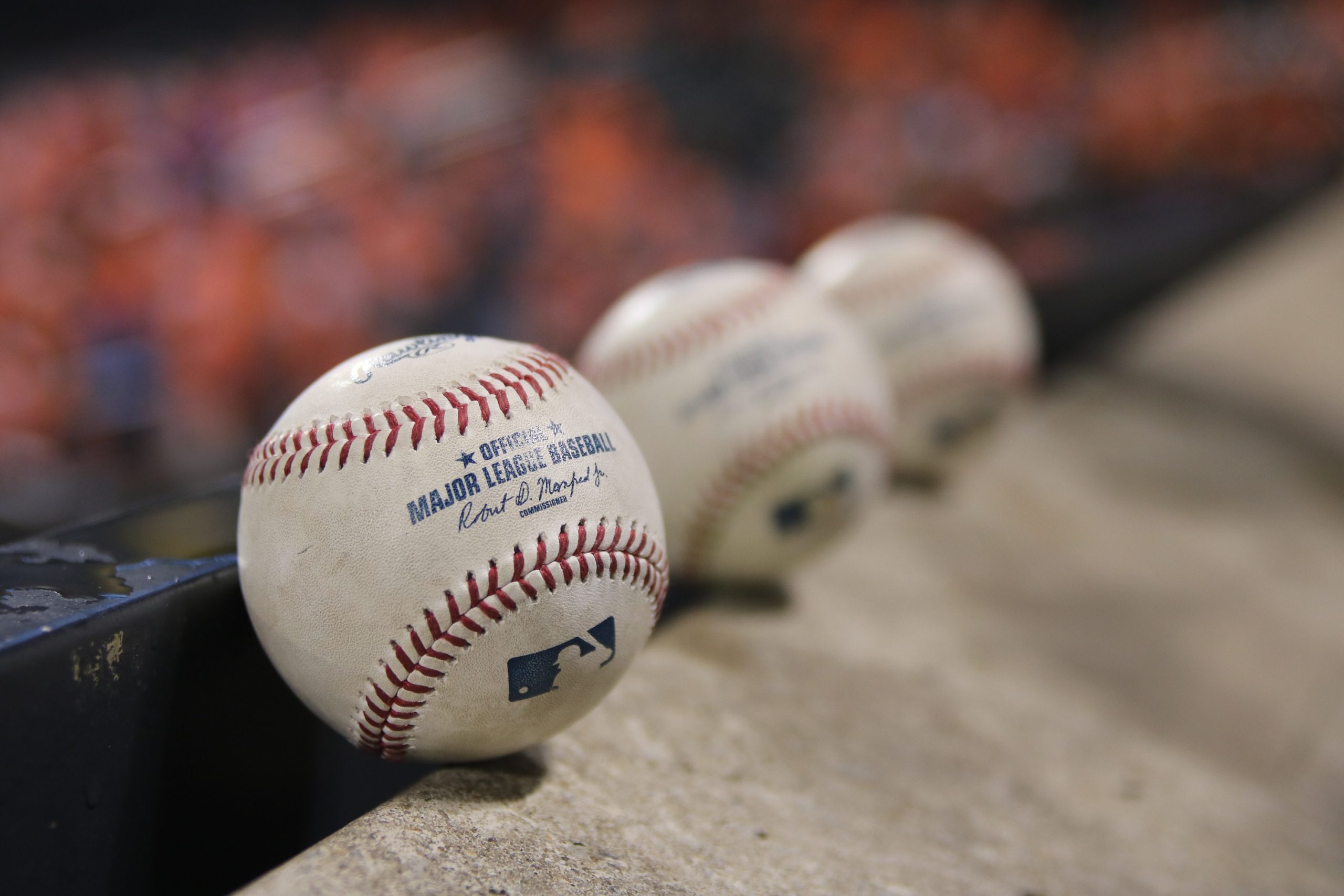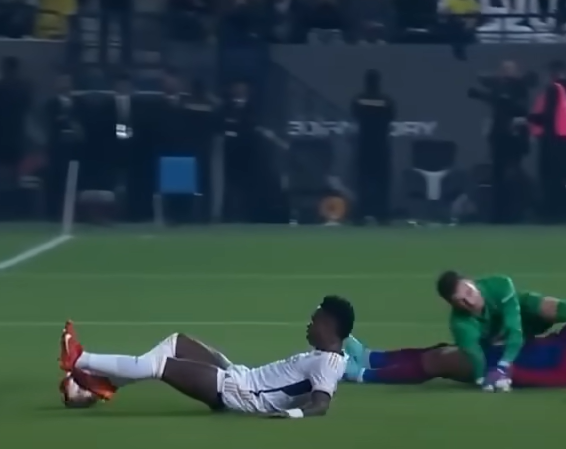As we approach 2023, Major League Baseball (MLB) will undergo considerable changes. MLB is attempting to increase the game’s pace, action, and safety with a pitch timer, defensive shift limits, and wider bases.
An Insight into the Rule Changes
Following multiple tryouts in the Minor Leagues, the newly established Joint Competition Committee passed three new rule modifications on a recent Friday, with the goal of improving the game’s experience at the MLB level.
MLB Commissioner Rob Manfred stated that these modifications address expressed concerns while respecting the game’s history and traditions. The rules have been developed with a key focus on what fans want: faster-paced games, more action, and greater visibility of the players’ athleticism.
Understanding the Specifics of the Rule Changes
Pitch Timer: To quicken the pace, there will now be a 30-second timer between batters and a 15-second timer between pitches with the bases empty. There will be a 20-second timer with runners on base. The pitch timer significantly reduced the average game time in the Minor Leagues by about 26 minutes and increased stolen-base attempts.
Defensive Shift Limits: The defensive team must have a minimum of four players on the infield, with at least two infielders on either side of second base. This is projected to raise the batting average on balls in play, enabling infielders to show off their athleticism, and restore traditional batted ball outcomes.
Larger Bases: The bases, which were formerly 15 inches square, will now be 18 inches square. This adjustment is intended to provide players more freedom to manoeuvre and prevent collisions, especially at first base.
Evaluating the Impact of the New Rules
As we approach the midpoint of 2023, it is important to assess who has benefited the most – and least – from these new rules.
Shift Ban: One notable effect of the shift restriction is an increase in averages on balls in play, which benefits lefty pull hitters greatly. The collective batting average on balls in play (BABIP) of right-handed batters has also increased somewhat, although this is within the regular year-to-year volatility, making it impossible to ascribe this increase to the rule change.
Bigger Bases and Pickoff Limits: The new rules have caused a resurgence of stolen bases. Average steals per game so far is 0.72, the highest figure in this category in 25 years. However, instances of caught stealing are also up.
Pitch Clock: The pitch clock has subtly helped batters, with 451 auto-balls tagged to pitchers compared to 191 auto-strikes for hitters. However, total breaches account for a tiny proportion of all pitches thrown, meaning that the competitive impact is insignificant.
The addition of a pitch clock has undoubtedly sped up the game. The average game length has decreased by 26 minutes from the previous season, which is a good development for fans who like shorter, snappier games.
These massive rule changes are projected to fundamentally impact the Major League Baseball scene in 2023, with the goal of providing a faster-paced, more engaging, and safer sporting experience for both players and fans.













